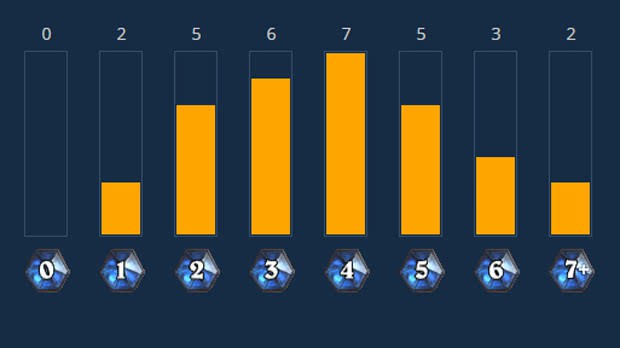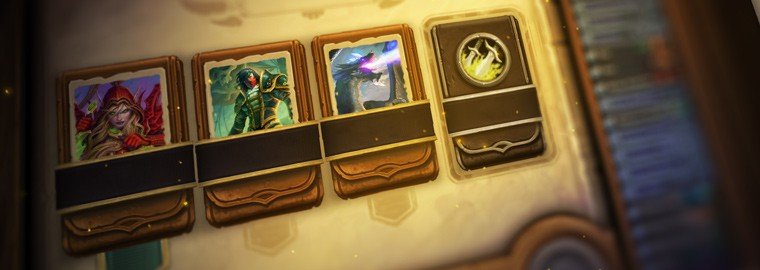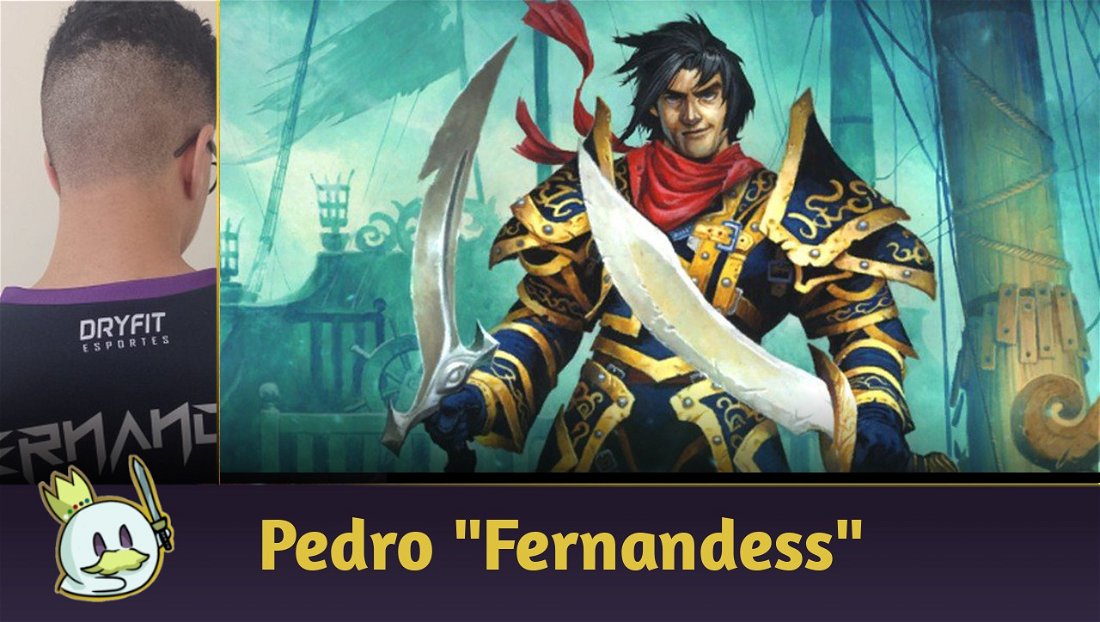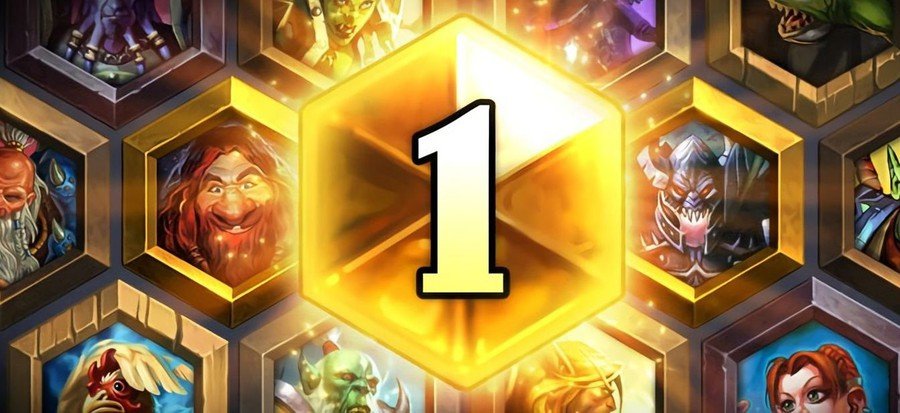One of the best attributes of a Card Game is the freedom to build a deck however you want, with a style and win condition that you define. This makes the game more dynamic and fun — and to get the best results, just follow these tips.
Initial Idea and Strategy
The first thing when building a deck is to think about the idea of it. For example, Quest Warrior works through the quest Raid the Docks and many cards interact with that quest, building focus and synergy for the deck.

Here you should also find the archetype: your deck can be aggressive, midrange or control.
The aggressive ones are the fastest, and they want to play as many cards as possible in the same turn, taking a lot of 1 or 2 cost cards, for example.
A midrange deck proposes to play on the curve, considered to be the easiest archetype in the game.
Control is the most difficult, as you will have to keep the cards and know the best possible situation, you will often use your life as a resource and play under pressure, but in the end you can easily win.

There are also the famous OTKs, the One Turn Kill. They are combo decks that just wait for the game to arrive on a specific turn to perform that combo and win the game. Nowadays there isn't a OTK being used much, but a few months ago many decks were working like this, like the OTK Quest Demon Hunter, the Mozaki Mage and the Rogue Garrote.
Tip
If creating your first Deck, opt for midrange or aggressive decks, as they are the easiest archetypes in Hearthstone.
Make Notes
Often, you'll have an indecision between one card or another, such as Cutlass Courier and Southsea Captain. Both are pirates, cost the same amount of mana, but have completely different effects and purposes.

As you can see, each card contains a unique characteristic, so it will make a lot of difference to know which one to take on your list. Write down situations that can happen during a match and study them.
Play matches and Practice
One of the best ways to take these notes is training, nothing better than putting everything into practice, right? Play and analyze each match and every situation, so you'll already have some data to start studying which is the best card considering the current meta.
Continuing with the example of the pirates, during your games you will observe if the most important thing in most cases is a card draw, or strengthening your board. If it's the first option, you should take the Cutlass Courier, if you prefer to buff your minions, take the Southsea Captain.
Search for data on the Internet
Another way to collect data is to search for lists similar to yours on the internet. Some sites show the performance of a specific card in a deck, you analyze these decks and see which cards are standing out to prioritize.
Here at Cards Realm, we have several articles with deck techs to help you.
No deck has it all!
Don't be thinking that your deck needs draws, big removals, small removals, etc. You only have access to 30 cards to build, it won't fit all of that — focus on your deck's real issues to know your preference.
For example, an aggro deck is very unlikely to take removals, as the intention is to press damage directly on the enemy hero, without trading or removing their minions. A draw in this style of deck would be excellent, as the gas of the most aggressive decks easily runs out.
In this example of an aggressive deck, think about whether it's worth putting in more small minions or a draw, rather than trying to put a little bit of everything. Focus on what is really necessary for your purpose in the game.
No deck beats everything!
Keeping a similar line from the last topic, don't change your deck every time you lose a game, all lists have some weaknesses.
If you face a control deck playing aggro, you will most likely lose — it's normal, but if you invent to put slower cards to play against control, you will be pressured if you face faster decks. So keep in mind which classes/decks you want to take advantage of, and build the deck with that in mind.
In short, whenever you try to strengthen one side, you automatically have to weaken the other, no deck is perfect. And if you change a card always when overcome, it will create an endless cycle.
Understand Hearthstone Classes
Finally, I give you a tip that is not a rule (there are some exceptions), but that can help you a lot to optimize your time. Know that the classes in the game have a basic idea — for example, generally Hunter decks are more aggressive, while Priest decks are slower.
Think about it to choose which class to use, if you want to build a control deck, you already know that the Hunter is not for you.
I'll give you a little insight into each Hearthstone class:
Druid: Generally works with expensive spells, interacting very well with the ramp mechanic.
Hunter: Fast and aggressive, great for putting pressure on opponents.
Mage: Usually uses slower decks, like Big Spell Mage.
Paladin: They are faster, and interacts a lot with minion buffs, excellent for board competition.
Priest: As already said, they are slow and work through healing and removal, the famous control.
Rogue: Here you'll find everything, but they are usually more aggressive decks.
Shaman: This class ultimately works with burn decks, where you want to take magic damage and destroy your opponent with spells.
Warlock: It's more control, where the player draws cards with their Hero Power, but also removes all enemy minions.
Warrior: It is also slower, contains a lot of removals and some cards that increase your armor.
Demon Hunter: We've seen it all in this class, aggressive decks, midranges, combos, and control.
As said, this is not a rule, we've seen Warriors, Warlocks and Priests with aggressive decks a few times, so always take the meta and context into your analysis.
Finishing
That's it for today! I hope this article has added a lot of knowledge about deck building! Let us know if you already have a list in mind to put together.
If you have any questions, feel free to call us here in the comments! Hugs!













— Comments 0
, Reactions 1
Be the first to comment